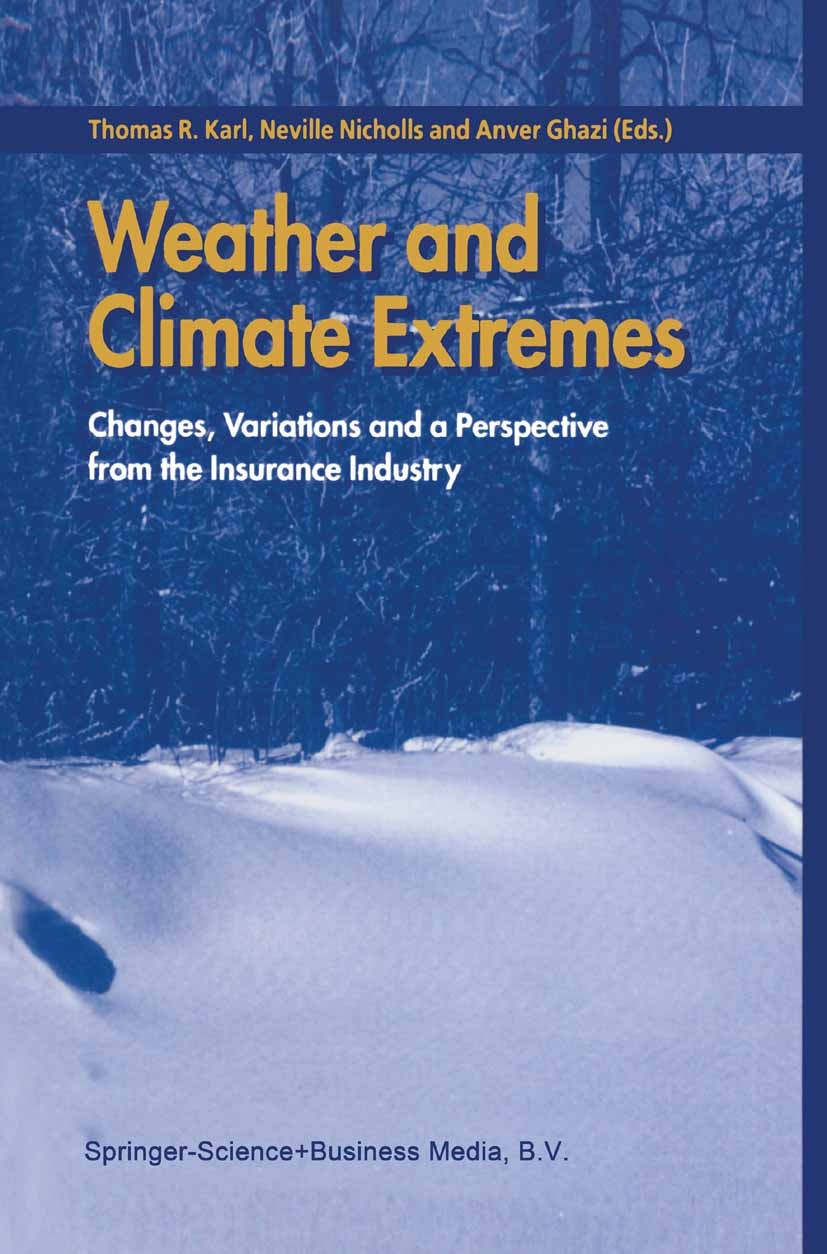Influence of inner-core symmetry on tropical cyclone rapid intensification and its forecasting by a machine learning ensemble model
IF 6.9
1区 地球科学
Q1 METEOROLOGY & ATMOSPHERIC SCIENCES
引用次数: 0
Abstract
This study proposed a novel quantitative index, the Symmetric Ratio, derived from satellite observations to depict Tropical Cyclone (TC) inner-core symmetry. This index is found to be significantly influential in TC Rapid Intensification (RI). We applied four machine learning (ML) models—Decision Tree, Random Forest, Light Gradient Boosting Machine, and Adaptive Boosting to forecast TC RI in the Northwestern Pacific (WNP) and North Atlantic (NA) basins from 2005 to 2023, with lead times of 12 and 24 hours. An ensemble model integrated these ML models to further enhance prediction accuracy. Model training used TC best track and reanalysis data from 2005 to 2020, with validation from 2021 to 2022. Independent forecasting tests from 2016 to 2023 applied real-time TC track data from the Automated Tropical Cyclone Forecasting system and environmental data from the Global Forecast System. Compared with the best deterministic model with the detection probability (POD) of 21 % and false alarm rate (FAR) of 50 % for 24-h RI forecasts in the NA basin during 2016–2020, our ensemble model demonstrated significant improvements, achieving a POD of 0.27 and an FAR of 0.18 for the same period. For 2021–2023, the ensemble model obtained POD values of 0.24 and 0.41, and FAR values of 0.33 and 0.45 for 24-h predictions in the NA and WNP basins, respectively. Key predictors identified include maximum wind speed tendency, vertical wind shear, potential intensity, and Symmetric Ratio. These findings advance our understanding of TC RI mechanisms and improve prediction accuracy.
内核对称对热带气旋快速增强的影响及其机器学习集成模型预测
本文提出了一种新的量化指标——对称比,该指标来源于卫星观测,用于描述热带气旋(TC)内核的对称性。该指标对TC快速强化(RI)有显著影响。我们应用决策树、随机森林、光梯度增强机和自适应增强四种机器学习模型对西北太平洋(WNP)和北大西洋(NA)流域2005 - 2023年的TC RI进行了预测,预估时间分别为12和24小时。一个集成模型集成了这些机器学习模型,以进一步提高预测精度。模型训练使用了2005年至2020年的TC最佳跟踪和再分析数据,验证时间为2021年至2022年。2016 - 2023年的独立预报试验应用了来自自动热带气旋预报系统的实时TC轨迹数据和来自全球预报系统的环境数据。与最佳确定性模型(2016-2020年NA盆地24 h RI预测POD为21%,虚警率为50%)相比,我们的集合模型在同一时期的POD为0.27,FAR为0.18,具有显著的改进。在2021-2023年,集合模型在NA和WNP流域的24 h预测POD值分别为0.24和0.41,FAR值分别为0.33和0.45。确定的关键预测因子包括最大风速趋势、垂直风切变、势强和对称比。这些发现促进了我们对TC - RI机制的理解,提高了预测的准确性。
本文章由计算机程序翻译,如有差异,请以英文原文为准。
求助全文
约1分钟内获得全文
求助全文
来源期刊

Weather and Climate Extremes
Earth and Planetary Sciences-Atmospheric Science
CiteScore
11.00
自引率
7.50%
发文量
102
审稿时长
33 weeks
期刊介绍:
Weather and Climate Extremes
Target Audience:
Academics
Decision makers
International development agencies
Non-governmental organizations (NGOs)
Civil society
Focus Areas:
Research in weather and climate extremes
Monitoring and early warning systems
Assessment of vulnerability and impacts
Developing and implementing intervention policies
Effective risk management and adaptation practices
Engagement of local communities in adopting coping strategies
Information and communication strategies tailored to local and regional needs and circumstances
 求助内容:
求助内容: 应助结果提醒方式:
应助结果提醒方式:


